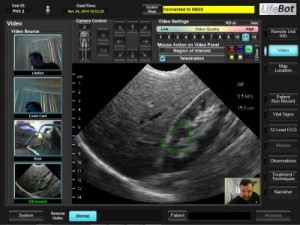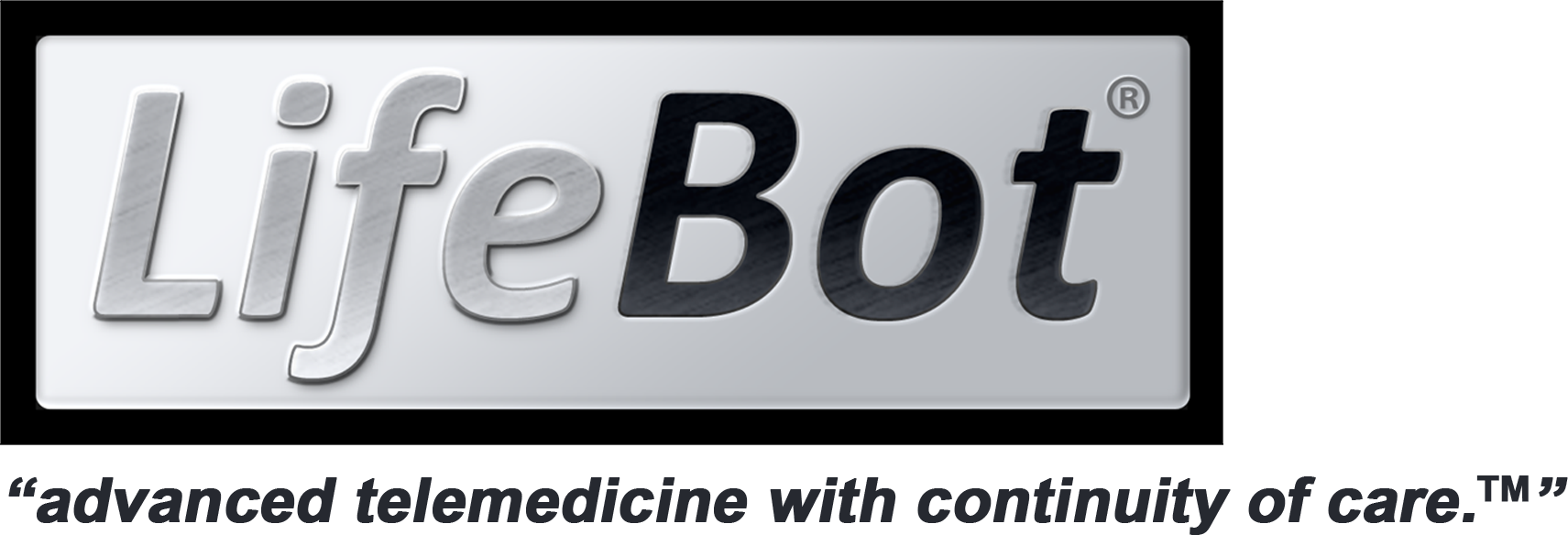
[rev_slider lifebot5]
The LifeBot 5: The most advanced Mobile Integrated Healthcare in the world.
Disaster Relief and Emergency Medical Services, or DREAMS™ was developed using $14 million in funding through U. S. Army Medical Research and Materiel Command and the Telemedicine and Technology Research Center (TATRC) as a Congressionally Funded military research project.
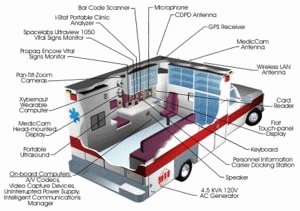 DREAMS™ has been proven in actual use for over six years in real-time life-saving operations aboard five ambulances in Liberty County Texas. No other system is more proven or more efficacious as an ambulance to hospital based telemedicine system. The motto for DREAMS™ is , “Saving lives in real-time.™” and it has done that longer than any other system in the history of the industry.
DREAMS™ has been proven in actual use for over six years in real-time life-saving operations aboard five ambulances in Liberty County Texas. No other system is more proven or more efficacious as an ambulance to hospital based telemedicine system. The motto for DREAMS™ is , “Saving lives in real-time.™” and it has done that longer than any other system in the history of the industry.
DREAMS™ offers not only direct live transmission of voice and video but complete patient physiologic data, e.g. ECG, 12-lead STEMI, blood gases, ultrasound, e-PCR, EHR, blood pressure, and a lot more.
First and foremost, One System Does It All without the need to cobble together separate products or systems. This can not only provide higher levels of care, but also save money, substantially lower the chances of risks or errors, and save lives.
LifeBot 5 combines telemedicine essentials in one device. That’s where all-in-one portable telemedicine units like the LifeBot 5 come into play.
It is arguable the most sophisticated example of a working telemedicine system in EMS. ... surprisingly ergonomic... like the steering wheel of a car.
The LifeBot touch screen allows remote physicians to draw “play-by-play” on the screen to help the EMT provide better care.
...what we really need, right now, is better telemedicine technology, particularly in emergency situations... the LifeBot 5 offers exactly that.
Lorien Bel Air is connected to UM UCMC with the LifeBot Telemedicine systems. ...to improve the patient’s quality of life.
With more information LifeBot DREAMS enables one to do something definitive to make a difference.
View Video Demonstrations:
Primary Benefits
- Fully Integrated – only telemedicine system fully integrated – eliminates costly separate devices or gadgets training and confusion
- Quality Remote Care – expedites access to patient data and eliminates geographic and logistical barriers to prompt quality care
- Multifunction All-In-One – ability to scale routine care to effectively handle unexpected emergencies
- Less Errors = Less Risks – more complete information means more accurate assessments
- Situational Awareness – know precisely what you are dealing with real-time live before arrival
- Accountable Care – Provides ideal infrastructure for ACOs to expedite meaningful use
- Saves Lives – more timely more accurate decisions reduces morbidity, mortality and improves outcomes
Real-Time Physician TelePresense Redefined. Anywhere at Anytime.Use LifeBot DREAMS on a 1.5 lb. tablet, a ruggedized pre-hospital system, a touchscreen desktop or advanced telemedicine cart system. Click on images below to view the related product information. |
Enabling the Use of Mobile Telemedicine
Critical Mobile Pre-Hospital Connectivity
|
The Only System in the World used During Major Disasters for TelemedicineThe brain child of renowned surgeon Dr. James “Red” Duke, Jr., DREAMS™ was used during Hurricanes Katrina and Rita triaging patients over 375 miles away in New Orleans from the Memorial Hermann Trauma Center in Houston. In fact, it is the only such system to demonstrate full mobile telemedicine during actual major disasters. Video-Conferencing is NOT Telemedicine.Video alone does not provide critical patient physiological data; live clinical waveform single, 12 and 15 lead ECG, HR, NIBP, dual invasive BP, SpO2 with plethysmogram, etCO2 with capnogram, tpCO2, dual temperatures, etc. The DREAMS™ System is the only telemedicine system in the world to transmit this critical data. If one looks at the prominent telemedicine suppliers today, you may be shocked to find out most have little or no experience in the healthcare field at all; little knowledge of medical devices and acquiring critical life-saving physiologic information. Most are dedicated to performing video teleconferencing only and have a history as only audio visual specialists. view more.. Award Winning Telemedicine Designs:Two physicians received the distinguished General Maxwell Thurman Award for their participation in the design DREAMS. This includes Dr. S. Ward Cassells, former U.S. Assistant Secretary of Defense (Health Affairs) and Dr. James ‘Red’ Duke, Jr. The award is given at annual meetings of the American Telemedicine Association in recognition of someone who exhibits the qualities of a natural born leader, an innovator, and a pioneer in the advancement of technology. |
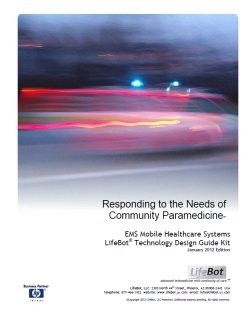 |
The LifeBot Community Paramedicine Technology GuideThis is a comprehensive guide to the deployment of the Mobile Primary Care Unit (MPCU) for delivering primary care via EMS providers. This guide also is a detailed presentation on EMS Telemedicine and the prospects for using these technologies for substantially reducing healthcare costs. Crucial to these systems is the use of Decision Support Software (DSS) to triage callers at the dispatch, call-center, and in actual field operations to determine if a call or a patient is an actual emergency (emergent) or non-emergency (non-emergent). Also reviewed is the crucial nature of EMS Telemedicine to “look inside” and acquire critical physiological data and transmit this to hospital physicians and specialists to save lives. Community Paramedicine may not only reduce healthcare delivery costs, but it also increases the quality of individual patient care. EMS Telemedicine and Decision Support provide new levels of provider safety, efficiency, and significantly reduces daily work-loads. |
Finally, It’s Your Data!Now not only is DREAMS more portable and extensive in its feature-set, but now you have direct access to all your patient data without the expense of costly third party servers. With the LifeBot Interceptor™ CCU Grade Patient Monitoring is Built-in
LifeBot has now built into the DREAMS Interface a complete physiological patient monitoring system. The system displays ECG, 12-15 Lead Diagnostic ECG, Pulse, Respiration, SpO2 with Plethysmogram, etCO2 with Capnogram, NIBP (Systolic, Diastolic, Mean), and two Temperatures. Two invasive Blood Pressure modules are optional.
The monitoring system integrates MasimoSet®, the most popular patient monitoring accessories in emergency care. |
LifeBot DREAMS Features:Most of the features listed below are exclusive and only available from use of LifeBot DREAMS telemedicine systems.
|
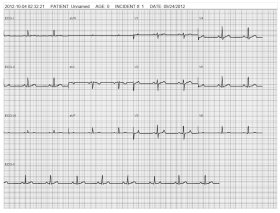 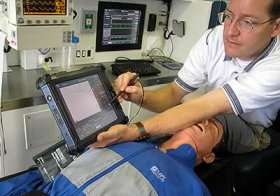 LifeBot DREAMS expert Christopher Kocmoud shows how to send 12-Lead ECGs in just 5 seconds. LifeBot DREAMS expert Christopher Kocmoud shows how to send 12-Lead ECGs in just 5 seconds. |
Save Money. Save More Lives.Faster EMS-to-Balloon Times with the Fastest Simplest 12-Lead SystemThe LifeBot DREAMS system automatically sends 12-lead ECGs in an average of just In addition, a PDF of the 12-lead ECG may be instantly sent by e-mail to an interventional cardiologist in just seconds, so they may review it on-line, even on their cellphone. A call does not need to be initiated for this transmission to occur, so it may be sent before you contact anyone. Send 12-Lead ECGs from Any-WhereWith LifeBot DREAMS you may not only send ECGs from hospitals or clinics, but also from any location, from any home, business and any pre-hospital field venue. |
Save Tens of Thousands and
|
The Most Advanced System for Tele-StrokeLifeBot DREAMS may be used on portable tablets, desktop, or portable cart systems. The base collaboration system is also one of the most cost effective solutions for this application. Videos may be selectively recorded and then forwarded to a neurologist remotely. Tele-Stroke from Pre-Hospital ambulancesSince the LifeBot system is totally portable, it forms a versatile system for mobile remote diagnosis of stroke. The lightweight portable nature means it may be carried and deployed in minutes, capturing critical symptoms quickly and early. Existing tele-stroke hub and spoke networks may be readily extended into new regions giving new responsiveness to their critical needs. This may be done with greater features and at much reduced costs over other conventional telemedicine solutions. |
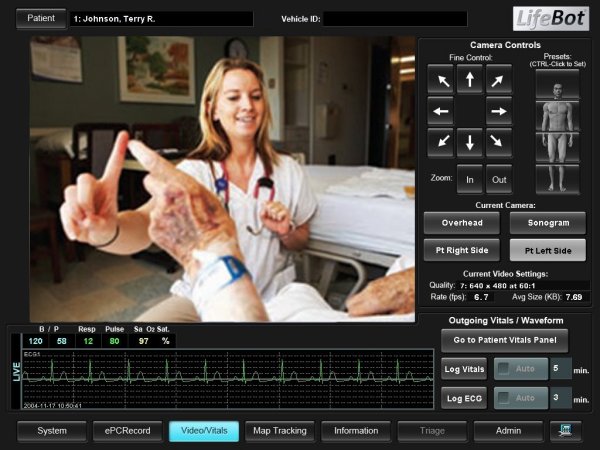 |
Fully Integrated Ultrasound:
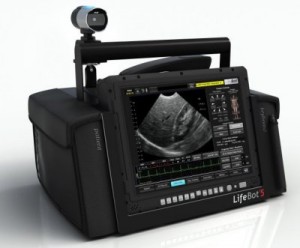 After considerable preparation LifeBot is about to release the first fully portable ultrasound equipped LifeBot 5. This will be the first and only portable ultrasound system designed to send live ultrasound with built in wireless connectivity management and simultaneous full patient physiological parameters.
After considerable preparation LifeBot is about to release the first fully portable ultrasound equipped LifeBot 5. This will be the first and only portable ultrasound system designed to send live ultrasound with built in wireless connectivity management and simultaneous full patient physiological parameters.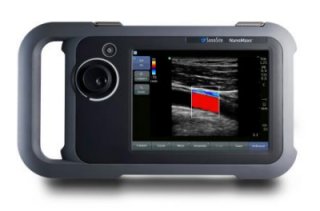 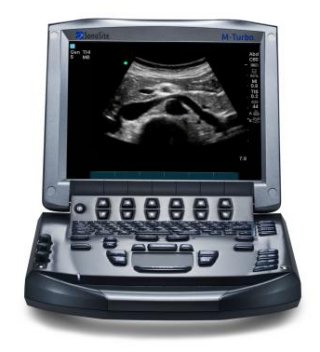 |
Compatible with SonoSite® Ultrasound Systems for Remote Diagnoses
SonoSite NanoMaxx®LifeBot recommends the SonoSite NanoMaxx® system for mobile pre-hospital applications. It is the single most popular system for use by Emergency Medical Systems and the U.S. Military. The NanoMaxx® ultrasound system combines best-in-class performance with affordability and simplicity. SonoSite M-Turbo®The M-Turbo® SonoSite system is designed for in-hospital applications. The M-Turbo® ultrasound system offers striking image quality. Because the more you can see, the more you can do for your patients. SonoSite, the world leader in bedside and point-of-care ultrasound, delivers solutions that meet the critical imaging needs of the medical community. |
LifeBot DREAMS Exclusive Tele-Stration for Instructive Ultrasound ProceduresUltrasound images may be readily transmitted to a remote physician or specialist, but there is more.
Tele-Stration or tele-demonstration is a feature of the LifeBot DREAMS telemedicine system. This exclusive feature may be used on all transmitted videos by DREAMS, but it is especially useful with ultrasound. Using this feature a physician, intensivist, or other medical specialist using the LifeBot Slate tablet PC or Desktop PC may draw directly upon the screen of transmitted videos “live”. Those instructive drawings appear “live” at the patient end rendering real-time clinical care instruction. Physicians may illustrate “play-by-play” where pertinent and important information exists and use this method to instruct those treating the patient with precise critical observations. |

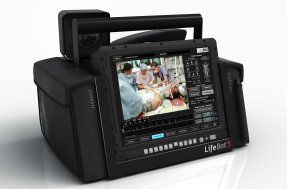

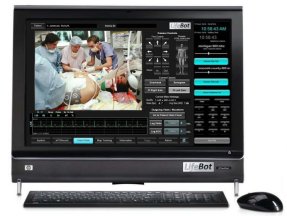
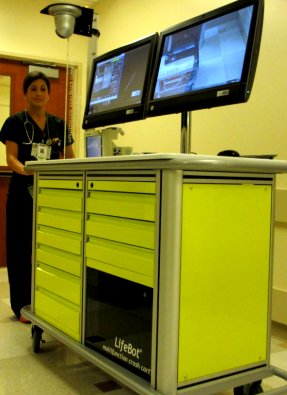

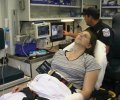
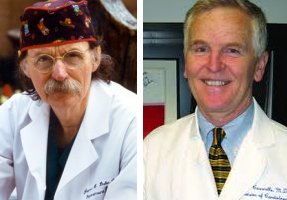
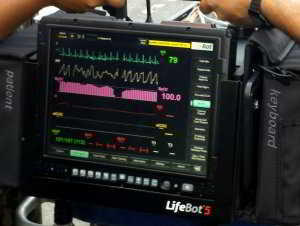

 With LifeBot, it is your data from the beginning to the end, with no special exorbitant costs from third party servers for the hospital. And, you have your 12-lead ECGs in seconds to review, instead of searching for it somewhere lost in “The Cloud”. That means savings in the tens of thousands for your services with even faster EMS-to-Balloon times.
With LifeBot, it is your data from the beginning to the end, with no special exorbitant costs from third party servers for the hospital. And, you have your 12-lead ECGs in seconds to review, instead of searching for it somewhere lost in “The Cloud”. That means savings in the tens of thousands for your services with even faster EMS-to-Balloon times. 